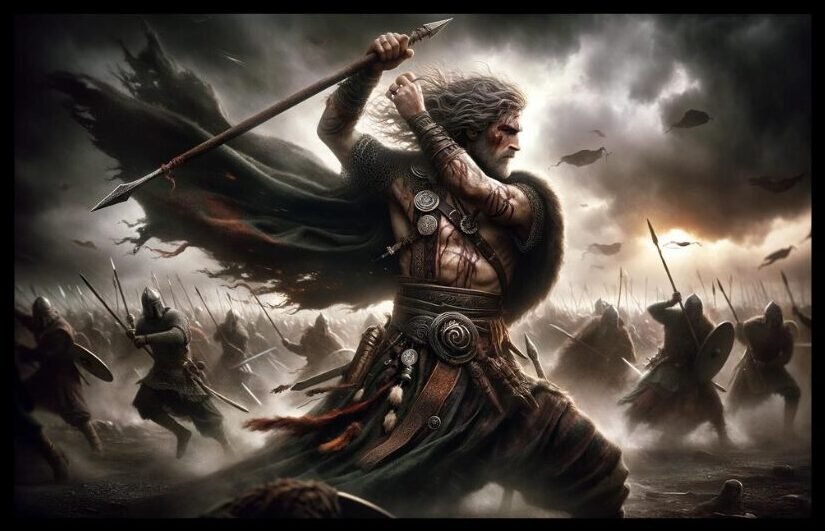The Morrigan is a goddess in Irish mythology associated with fate, war, and sovereignty, and plays a significant role in Cuchulain’s story. Their relationship is intricate, alternating between antagonism and assistance. Often appearing to Cuchulain in various forms, such as a crow or a raven, she tests his strength and resolve, sometimes offering guidance or magical aid in battle. In the epic Táin Bó Cúailnge, the Morrigan intervenes both as an ally and a hindrance, taking on different guises to interact with Cuchulain.

